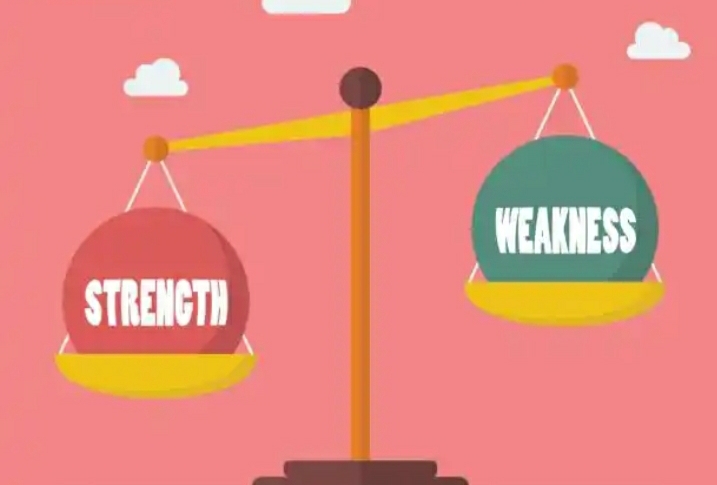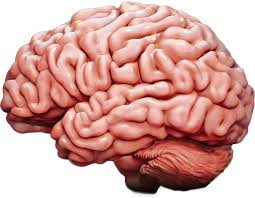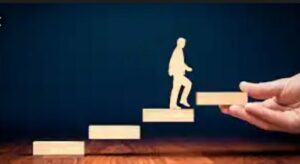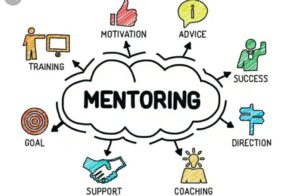
How to Identify Your Strengths and Weaknesses
Knowing your strengths and weaknesses can help you improve yourself, achieve your goals, and build better relationships. However, identifying them can be challenging, especially if you are not used to self-reflection. Here are some steps you can follow to discover your strengths and weaknesses constructively.
Step 1: Define what strengths and weaknesses mean to you
– Strengths are the qualities, skills, or abilities that you have or can develop that make you perform well, feel confident, or enjoy what you do.
– Weaknesses are the areas, aspects, or traits that you have or can improve that make you struggle, feel insecure, or dislike what you do.
– Strengths and weaknesses are not fixed or permanent. They can change over time, depending on your situation, goals, and perspective.
– Strengths and weaknesses are not mutually exclusive. You can have both strengths and weaknesses in the same domain or skill. For example, you can be good at public speaking but bad at writing.
Step 2: Ask for feedback from others
– One way to identify your strengths and weaknesses is to ask for feedback from people who know you well, such as your family, friends, colleagues, mentors, or teachers.
– You can ask them specific questions, such as “What do you think I’m good at?” or “What do you think I need to work on?” or “How do I come across to you?”
– You can also ask them to give you examples of situations where they observed your strengths and weaknesses in action.
– Be open-minded and respectful when receiving feedback. Don’t take it personally or defensively. Try to understand their perspective and appreciate their honesty.
Step 3: Take a self-assessment test
– Another way to identify your strengths and weaknesses is to take a self-assessment test that measures your personality, interests, values, skills, or abilities.
– There are many online tests that you can take for free or for a fee, such as the Myers-Briggs Type Indicator (MBTI), the StrengthsFinder, the Holland Code, or the DISC assessment.
– These tests can give you insights into your preferences, motivations, behaviours, and potential areas of improvement.
– However, don’t rely solely on these tests. They are not definitive or comprehensive. They are only tools that can help you explore yourself.
Step 4: Reflect on your experiences
– A third way to identify your strengths and weaknesses is to reflect on your own experiences, such as your achievements, failures, challenges, or feedback that you received.
– You can use a journal, a spreadsheet, or a mind map to record your reflections. You can also use the SWOT analysis framework to organize your thoughts into four categories: Strengths, Weaknesses, Opportunities, and Threats.
– For each experience, ask yourself questions like “What did I do well?” “What did I do poorly?” “What did I learn?” “What did I enjoy?” “What did I dislike?” “What did I find easy?” “What did I find hard?”
– Look for patterns and themes in your reflections. What are the common strengths and weaknesses that emerge? How do they relate to your goals and values?
Step 5: Use your strengths and weaknesses to your advantage
– Once you have identified your strengths and weaknesses, you can use them to your advantage by leveraging your strengths and addressing your weaknesses.
– To leverage your strengths, you can:
– Seek opportunities that match your strengths and interests
– Showcase your strengths in your resume, portfolio, or interviews
– Develop your strengths further by learning new skills or taking on new challenges
– Share your strengths with others by teaching, mentoring, or collaborating
– To address your weaknesses, you can:
– Acknowledge your weaknesses and accept them as part of who you are
– Set realistic and specific goals to improve your weaknesses
– Seek help or guidance from others who have the skills or knowledge that you lack
– Practice and apply what you learn until you master it






